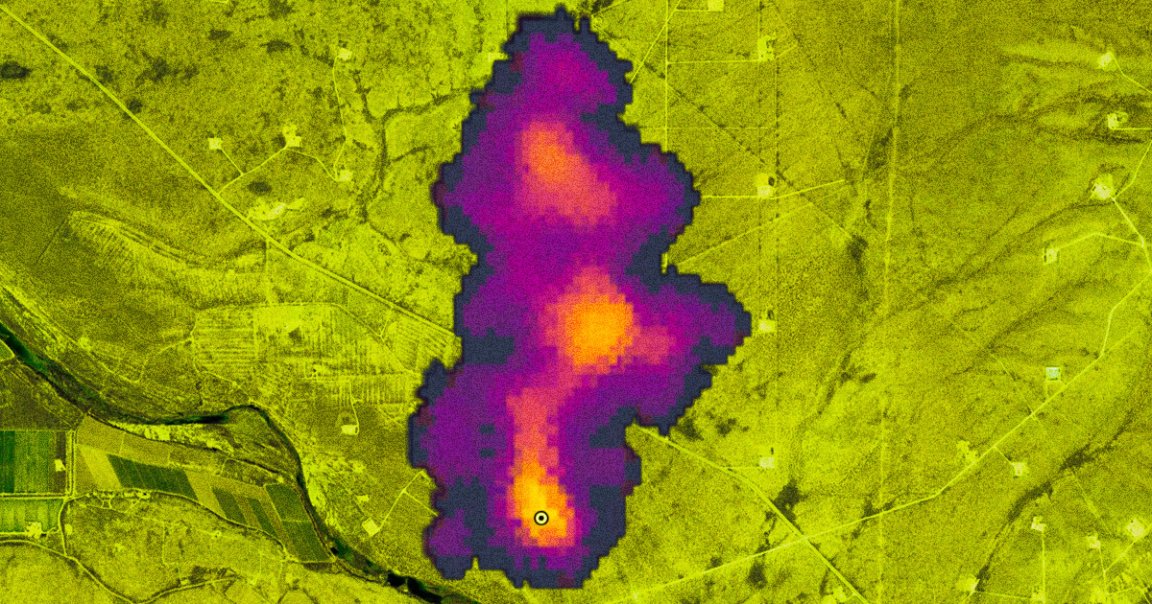
EMIT Me
International Space Station (ISS) astronauts are on a mission to expose the biggest polluters down below.
As NASA wrote this week, the agency installed methane gas-viewing software on the ISS over the summer. Dubbed the Earth Surface Mineral Dust Source Investigation project (EMIT for short), the initiative is meant to help scientists better understand the role that airborne dust plays in the greenhouse effect that has such harmful effects on our climate.
That it was able to capture the chemical signature of methane was more of a byproduct than its key mission — but now, it’s been able to identify more than 50 “super-emitters” of the gas that include “facilities, equipment, and other infrastructure, typically in the fossil-fuel, waste, or agriculture sectors, that emit methane at high rates.” Be ashamed, polluters!
Endless Possibilities
Now that the agency knows how powerful the possibilities are for the EMIT program, they’re ready to put it to work even more.
“Reining in methane emissions is key to limiting global warming. This exciting new development will not only help researchers better pinpoint where methane leaks are coming from, but also provide insight on how they can be addressed — quickly,” NASA Administrator Bill Nelson said in the agency’s report. “EMIT is proving to be a critical tool in our toolbox to measure this potent greenhouse gas — and stop it at the source.”
As CNET noted in its reporting on EMIT, the data is particularly important because both 2021 and this year have seen record increases in atmospheric methane emission since it began being measured in the early 1980s. These increases seem to correspond with ramped-up methane-producing activity, such as the production of fossil fuels and improper waste management.
In short: having this new capability to detect methane emissions from above will be crucial to pinpointing and hopefully stopping or slowing down the globe’s biggest polluters — that is, if governments get on board.
More climate curiosities: Carbon Dioxide Seems to Be Making Trees Grow Faster, Scientists Say